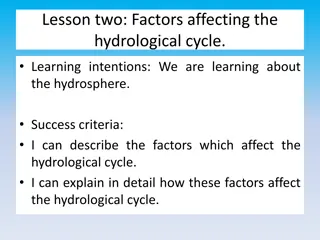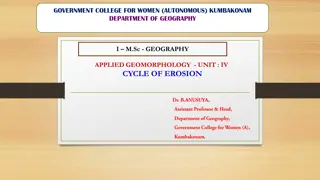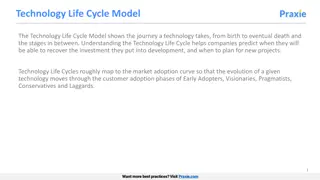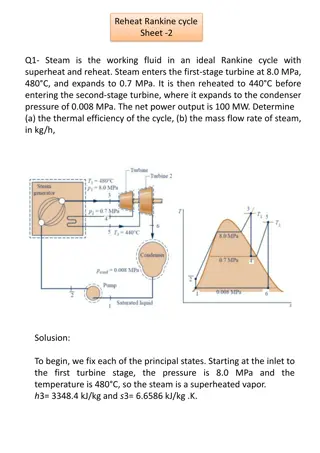
Educational Master Planning Process at Cañada College
Educational Master Planning (EMP) is crucial for defining education goals and curriculum at Cañada College. It guides future development, accreditation compliance, and institutional integrity. EMP operationalizes strategic plans for educational growth and service excellence.
Download Presentation

Please find below an Image/Link to download the presentation.
The content on the website is provided AS IS for your information and personal use only. It may not be sold, licensed, or shared on other websites without obtaining consent from the author. If you encounter any issues during the download, it is possible that the publisher has removed the file from their server.
You are allowed to download the files provided on this website for personal or commercial use, subject to the condition that they are used lawfully. All files are the property of their respective owners.
The content on the website is provided AS IS for your information and personal use only. It may not be sold, licensed, or shared on other websites without obtaining consent from the author.
E N D
Presentation Transcript
Educational Master Planning Educational Master Planning at at Ca ada Ca ada College College Planning and Budgeting Council December 16, 2020 Prepared by the Office of Planning, Research & Institutional Effectiveness
What is an Educational Master Plan (EMP)? An Educational Master Plan is defined as, a part of the College s Master Plan that defines the education goals of the College as well as the current and future curriculum to achieve those goals. The Educational Master Plan precedes and traditionally guides the Facilities Master Plan. Source: Community College League of California
Why do we develop an EMP? The purpose of the Educational Master Plan (EMP) is to offer the essential data and foundation upon which the instructional program and support service needs can be addressed and met in the future. It will also assist in the creation or update of other important College plans. These include plans for technology, facilities (capital expenditures), personnel, finance, budget, and others. The Plan should be a flexible document, to be reviewed annually as the economy fluctuates, students' needs change, and new educational trends develop. Inherent in this logic is the fact that institutional change takes time.
EMP and Accreditation Compliance The EMP is a critical part of Canada s accreditation cycle. The Western Association of Schools and Colleges' Accrediting Commission for Community and Junior Colleges (ACCJC) has established guidelines to which a College must adhere. An institution must follow these guidelines to meet the needs of its students and community efficiently. It is critical that the College incorporate all planning efforts to meet the standards determined by ACCJC to maintain accreditation status. The accreditation process endorses the College s integrity to the public and informs the local community that the College s purposes are suitable and being accomplished through a practical educational program.
Education Master Plan: 2017-2022 Year 1 2017-18 Year 2 2018-19 Year 5 2021-22 Year 4 2020-21 Year 3 2019-20 Strategic Enrollment Management Plan: 2020-23 Year 3 2022-23 Year 1 2020-21 Year 2 2021-22 College Committee Plans Equity Plan Environmental Sustainability Plan Online Education Plan Professional Development Plan Safety Plan Technology Plan Our next EMP should be adopted no later than spring of 2022 Committee plans operationalize and help monitor the implementation of the goals and strategic initiatives established in the EMP and SEM by topic 2020-21 Strategic Plan (operational) 2021-22 Strategic Plan (operational) 2022-23 Strategic Plan (operational)
EMP Planning Timeline (proposed) Spring 2022 January 2021 Spring 2021 Spring 2021 Fall 2021 Fall 2021 May 2022 Review College Mission, Vision, Values Conduct Develop new College Goals & Objectives Refine Strategic Framework Adopt New EMP (2022-27) Solicit Feedback on Draft EMP Form EMP Planning Task Force Environmental Scan Data Review






















